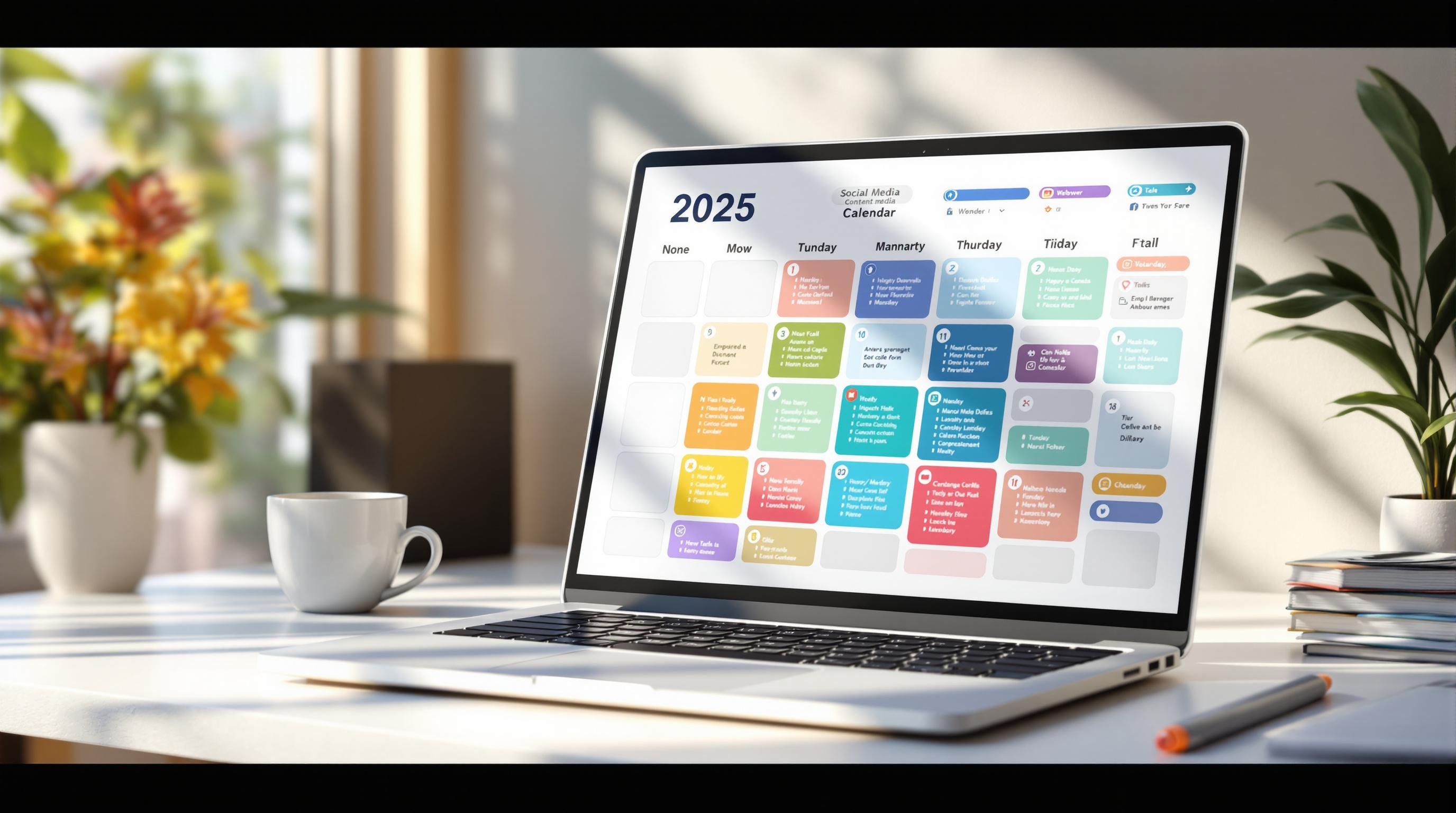
A social media content calendar isn’t just a planning tool - it’s the backbone of a successful strategy. It helps you save time, stay consistent, and align your posts with marketing goals. Here’s what you’ll gain by using one:
- Save Time: Plan ahead and avoid last-minute scrambles.
- Boost Engagement: Consistency can increase engagement by 27%.
- Track Performance: Easily measure what’s working.
- Stay Flexible: Leave 20-30% of your calendar open for trending topics.
Key Trends for 2025
- AI-Driven Content: Automate scheduling, trend spotting, and analytics.
- Short-Form Videos: Use TikTok and Instagram Reels for engagement.
- Social Commerce: Make purchases seamless within platforms.
- Voice Search Optimization: Ensure your content is voice-search friendly.
Essential Tools and Templates
| Tool | Best For |
|---|---|
| Hootsuite | Large teams, multi-platform use |
| Buffer | Small to medium businesses |
| Later | Instagram and TikTok creators |
Free and premium templates (like those from Canva or Sprout Social) can streamline your workflow.
Social Media Trends and Platforms for 2025
Trends in Social Media for 2025
In 2025, AI-driven content and interactive formats are leading the way in social media. Automation is taking care of data analysis, freeing up teams to focus on creative tasks. AI tools now assist marketers by spotting trending topics, suggesting content ideas, and automating scheduling [1].
Short-form video content remains a top performer in driving engagement. Platforms are seeing more use of interactive features like AR filters and trending audio to encourage active audience participation [2]. The focus is on creating content that invites interaction rather than just passive consumption.
Voice search optimization and social commerce are also becoming essential. To stay ahead, marketers should ensure their content is optimized for voice search and that their products are easy to purchase directly within social platforms [1].
These trends are reshaping how content calendars are built, directly influencing the strategies and templates needed for success in 2025.
Insights by Platform
Tailor your content plan to fit the priorities of each platform:
| Platform | Focus | Strategy |
|---|---|---|
| TikTok | Short-form video | Use interactive content and trending sounds. |
| Visual content | Leverage Stories and integrate social commerce. | |
| Professional networking | Share B2B content and industry insights. |
To achieve the best results, adopt platform-specific strategies while staying true to your brand's voice. For example, TikTok thrives on dynamic, trendy content, whereas LinkedIn calls for a more professional tone that still engages the audience [1][2].
Leave room in your schedule for unplanned, trending opportunities, but ensure your core content structure stays intact.
Creating a Social Media Content Calendar
Key Elements of a Content Calendar
To make a strong social media content calendar for 2025, focus on a few essential components. Start with content categories that match your overall plan. These might include promotional posts, educational pieces, or content designed to spark interaction [1][3].
Next, plan posting schedules based on when your audience is most active on each platform. Adding campaign themes helps tie your content together and keeps your strategy focused [1].
Steps to Build Your Calendar
Follow this three-step process to align your calendar with your 2025 goals:
-
Audit and Set Goals
Review last quarter's performance to pinpoint your best and weakest posts. Use this data to set SMART goals - specific, measurable, and tied to your larger marketing objectives. This ensures your efforts stay realistic and aligned with your resources [1][3]. -
Create Platform-Specific Content
Tailor your content to make the most of each platform’s strengths. For 2025, focus on:- TikTok: Short, engaging videos with trending audio
- Instagram: Reels and carousels aimed at driving purchases
- LinkedIn: In-depth pieces featuring AI-driven industry insights [1]
-
Use AI for Better Insights
Let AI tools guide you in spotting trends and picking the best times to post. This builds on the trend analysis discussed earlier in Section 2 [1].
How To Create An Effective Social Media Calendar
sbb-itb-3858882
Tools and Resources for Managing Your Calendar
Once you’ve laid out your content strategy, the right tools and templates can help you put it into action effectively.
Top Social Media Management Tools
Several platforms now include AI-powered features (as discussed in Section 2) to help predict trends and optimize scheduling. Here’s a quick comparison of some of the most popular tools:
| Tool | Key Features | Best For |
|---|---|---|
| Hootsuite | Detailed analytics, content curation, multi-platform integration | Larger organizations, agencies |
| Buffer | Easy-to-use scheduling, visual content planning | Small to medium businesses |
| Later | Focus on visual content, Instagram-first approach | Creators focused on Instagram and TikTok |
If you’re managing multiple social platforms for a big team, Hootsuite provides robust, all-in-one solutions. On the other hand, Later is perfect for brands prioritizing visually-driven platforms like Instagram or TikTok.
Templates for 2025
Templates can save you time and streamline your workflow. Here are some options:
Free Templates:
- Sprout Social: A cross-platform tracker for campaigns and content types.
- Social Champ: Basic templates designed for post scheduling and organizing content categories.
Premium Templates:
- Canva and Adobe: Offer customizable branded templates with built-in design tools.
You can tweak these templates to align with the specific strategies discussed in Section 3, ensuring they fit your platform and branding needs.
Evaluating and Improving Your Strategy
Monitoring Key Metrics
Once you've put your calendar into action, it's time to track how well it's working. Focus on these key metrics to understand your performance:
| Metric Type | What to Track | Why It Matters |
|---|---|---|
| Engagement & Reach | Likes, comments, shares, views | Shows how well your content connects with people and how far it spreads. |
| Conversions | Click-throughs, sign-ups | Indicates the impact on your business goals. |
| Growth | Follower increase, retention | Helps you see how your audience is growing over time. |
Data suggests that posting during peak hours (11 AM – 12 PM on Mondays) can lead to higher engagement rates [3].
Refining Based on Data
Once you've gathered performance data, use it to make adjustments and get better results. Here’s how:
A/B Testing Strategy
Experiment with one variable at a time to see what works best:
- Try different posting times.
- Compare content formats, like videos vs. carousels.
- Play around with caption styles and lengths.
- Test various visual elements.
Audience Feedback Integration
Listen to what your audience has to say. Their input can help shape your strategy. For example, an athletic brand noticed more engagement on instructor-focused posts. They shifted their calendar to include more behind-the-scenes content featuring trainer routines [2].
Trend Adaptation
Stay relevant by keeping an eye on trends. Building on the AI-driven strategies mentioned earlier:
- Use trending hashtags that align with your content.
- Monitor industry developments.
- Shift your content themes to match what your audience is interested in.
Conclusion: Your Guide to Social Media Success in 2025
Your content calendar is the key to navigating the AI-driven trends and strategies outlined earlier. A clear plan ensures your social media efforts deliver measurable outcomes.
By using the template and strategies shared in this guide, you can streamline your planning process while staying consistent across platforms. Start by applying the customizable template from Section 3, organizing your content into categories like product launches, blog posts, and event promotions [3].
With these strategies and tools, you can:
- Save time by planning and scheduling efficiently
- Stay consistent across all social media platforms
- Monitor performance to see what works best
- Adjust quickly to new trends and audience needs
Your calendar transforms the trends and metrics we've discussed into actionable steps, helping you create a social media presence that connects with your audience and delivers real results.




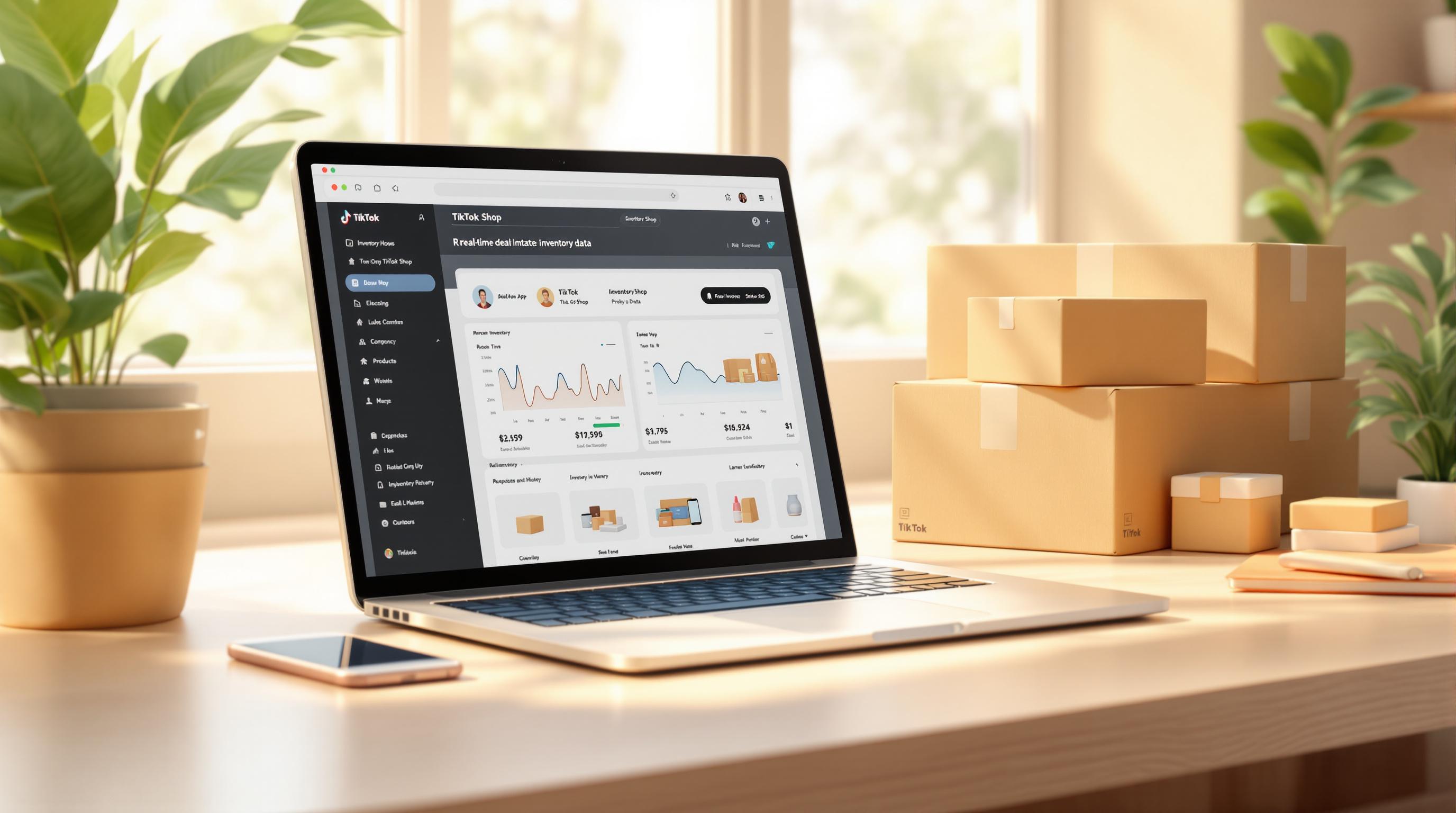


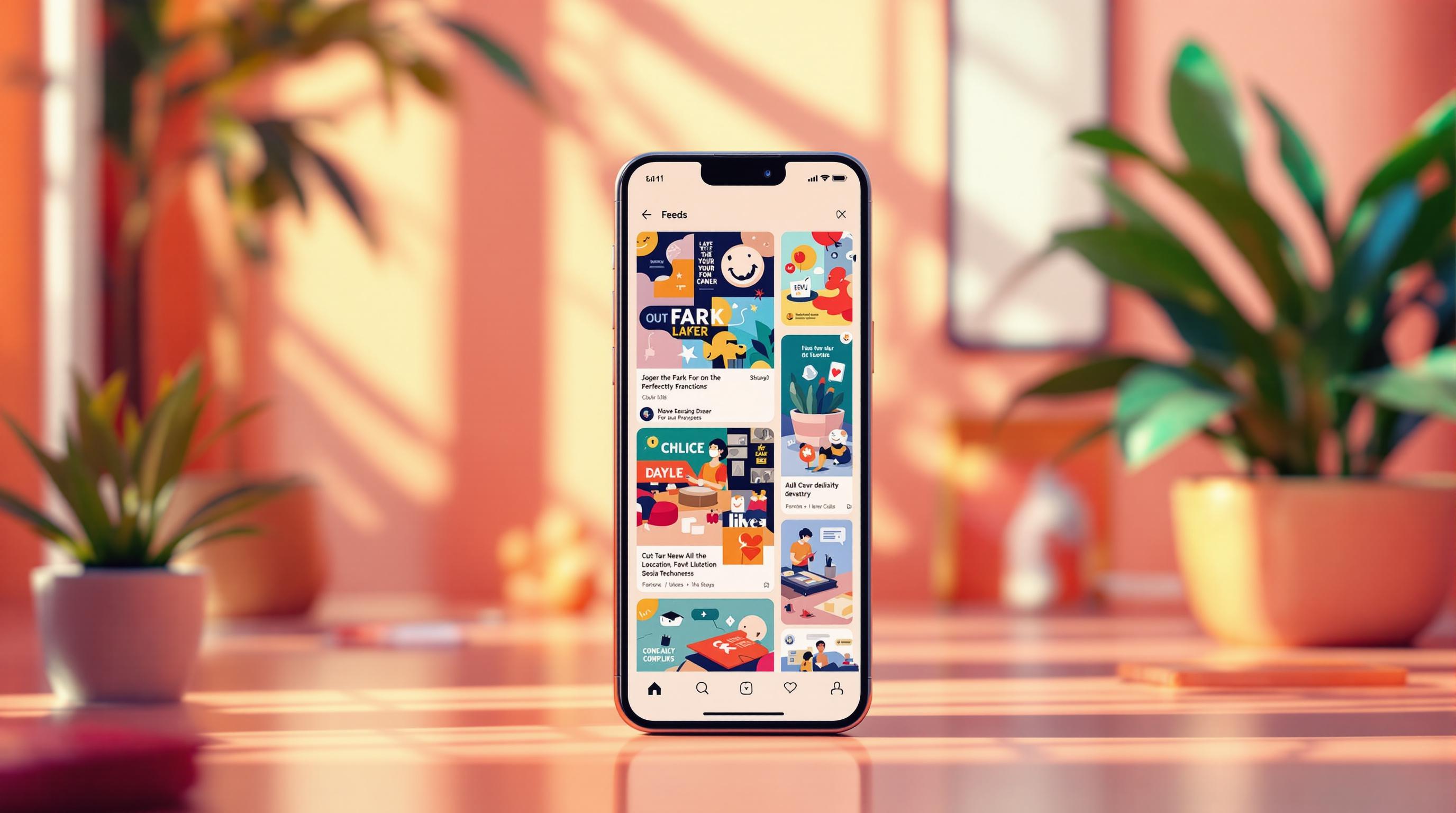
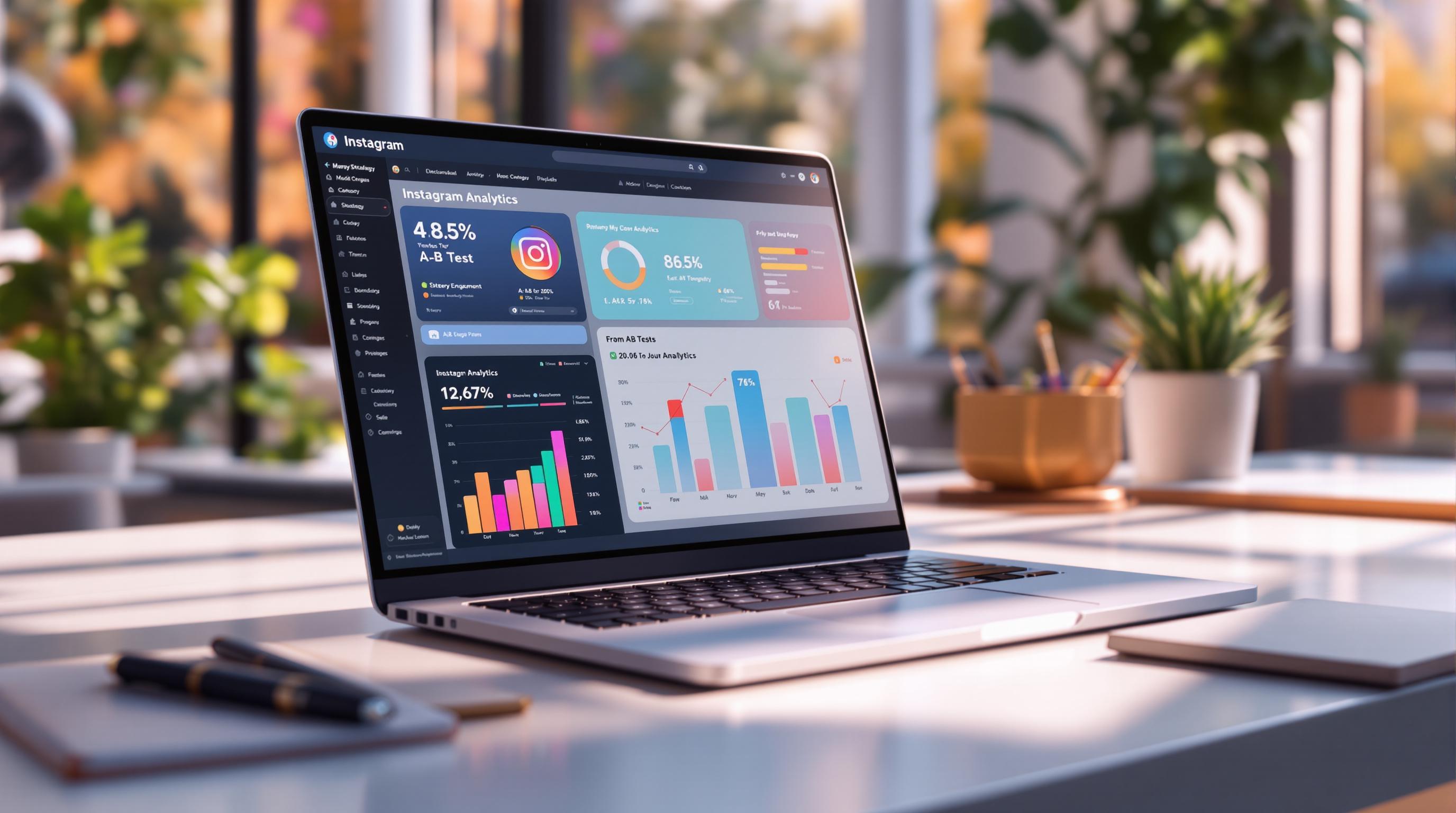








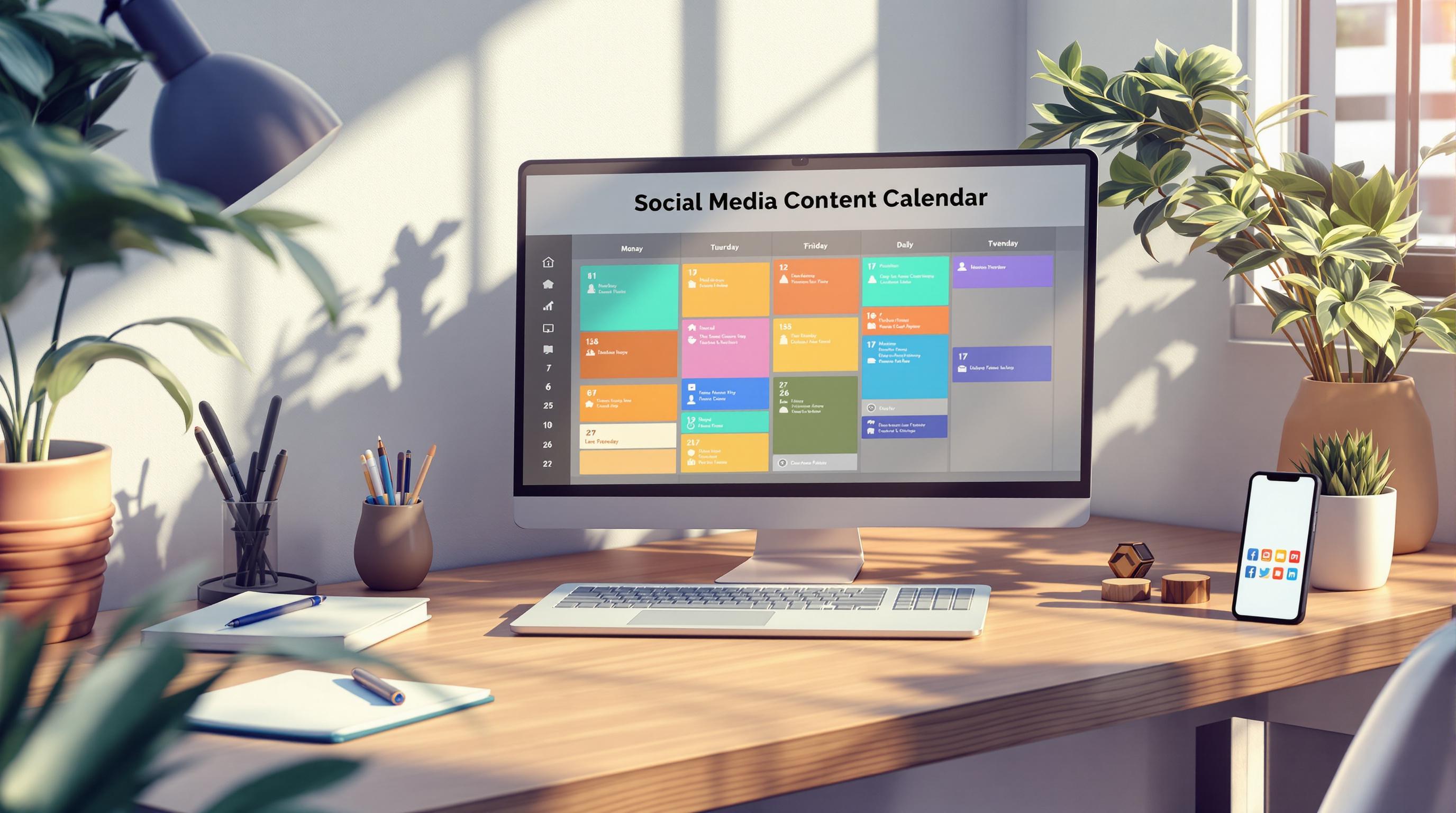


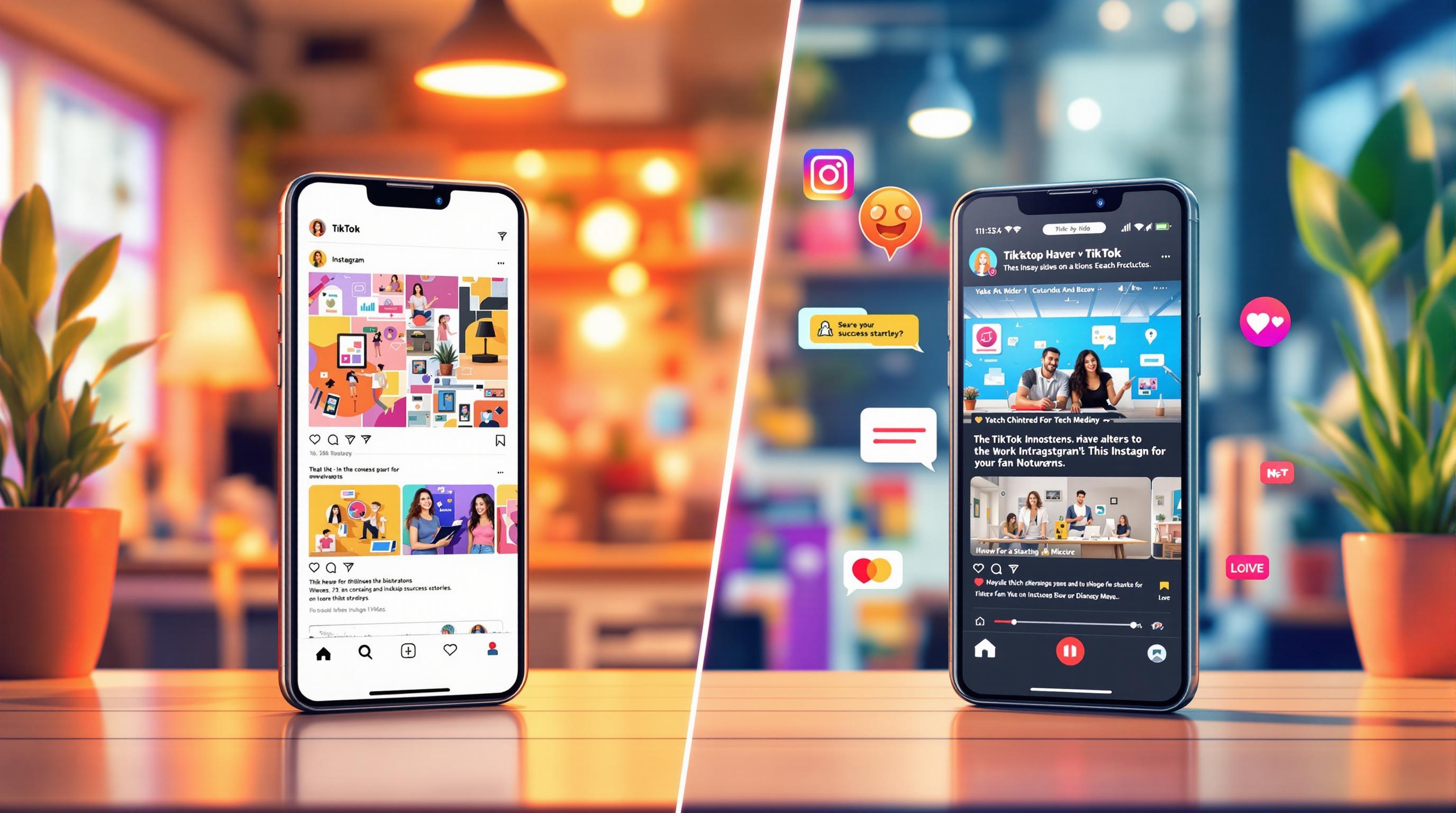


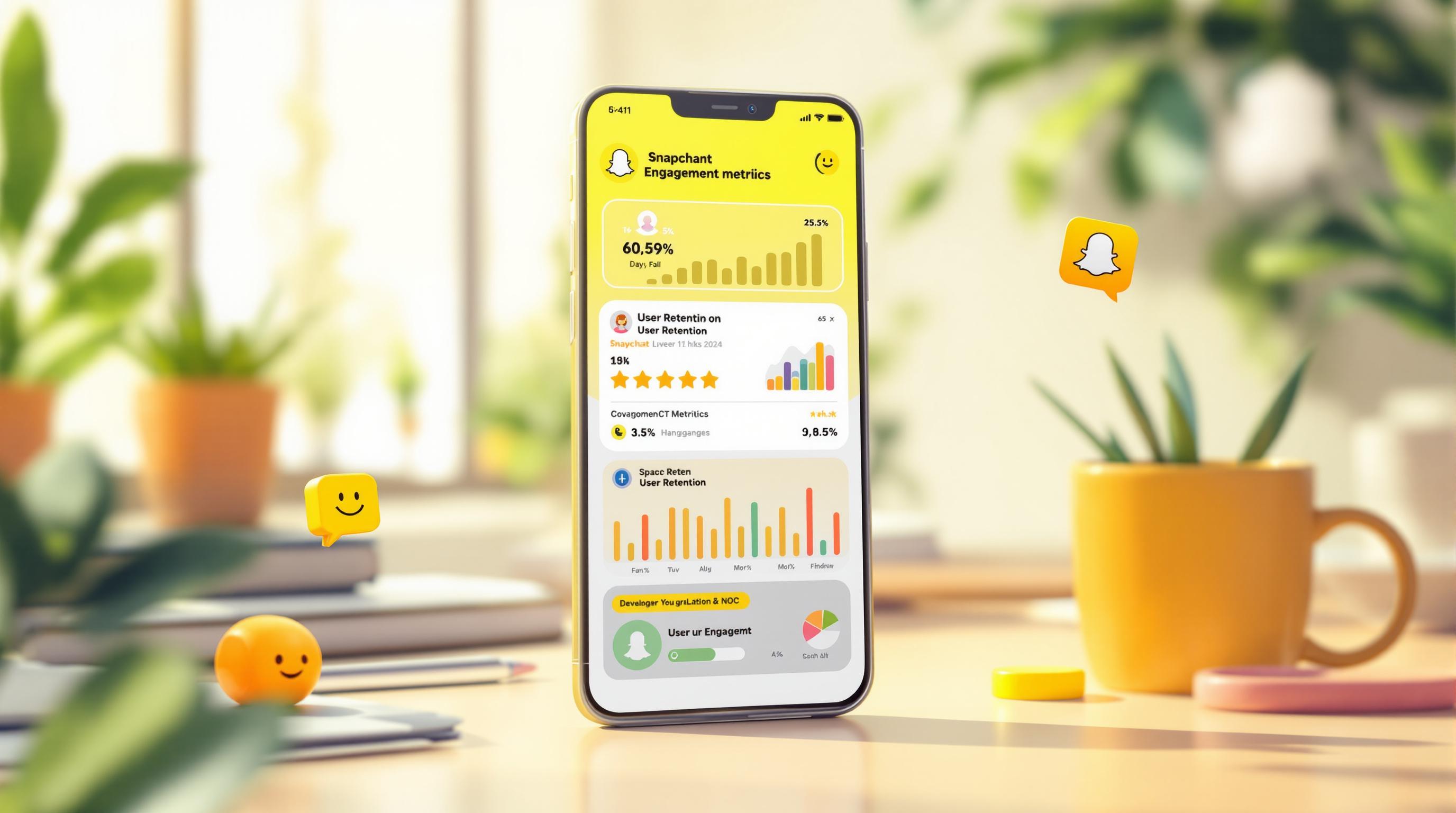

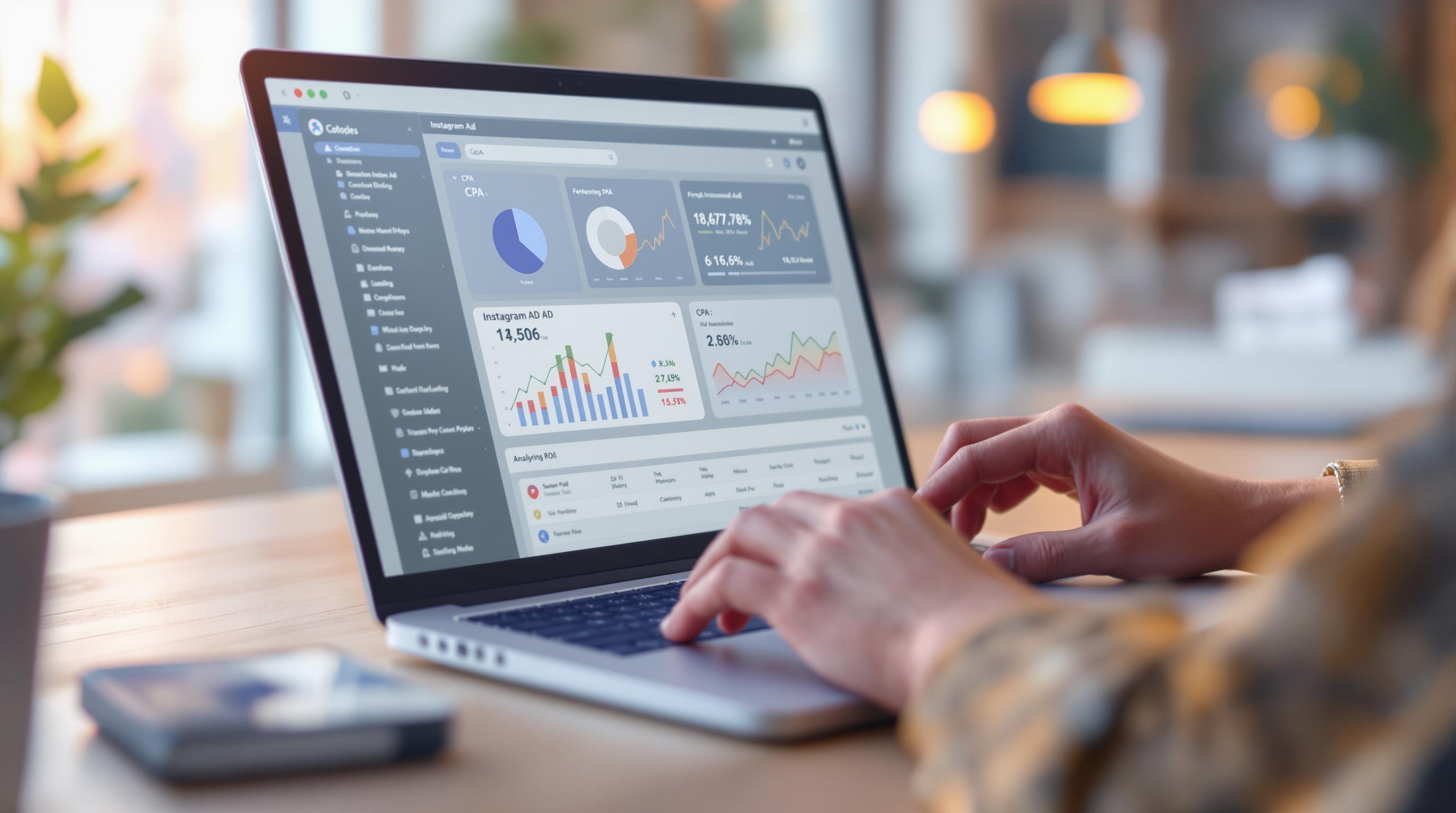

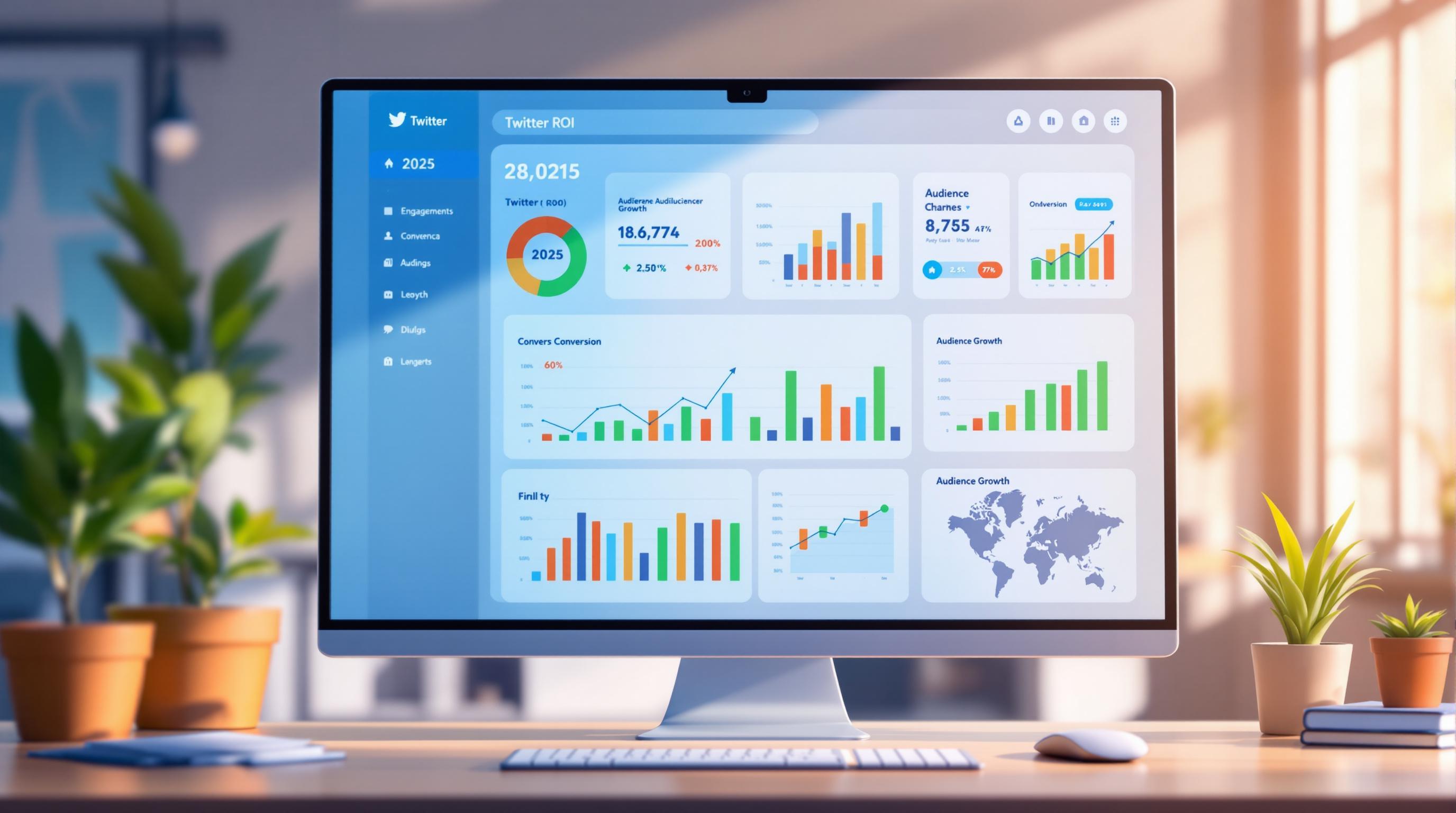









![Top 7 Best Instagram Growth Services in 2025 [RESULTS]](/cdn-cgi/image/fit=contain,format=auto,width=null/https://cdn.prod.website-files.com/67840d1d88a886f29a66a4c1/6795d12917ee4501b9eddf73_6795c731964f791db3b566c4-1737870861582.jpg)
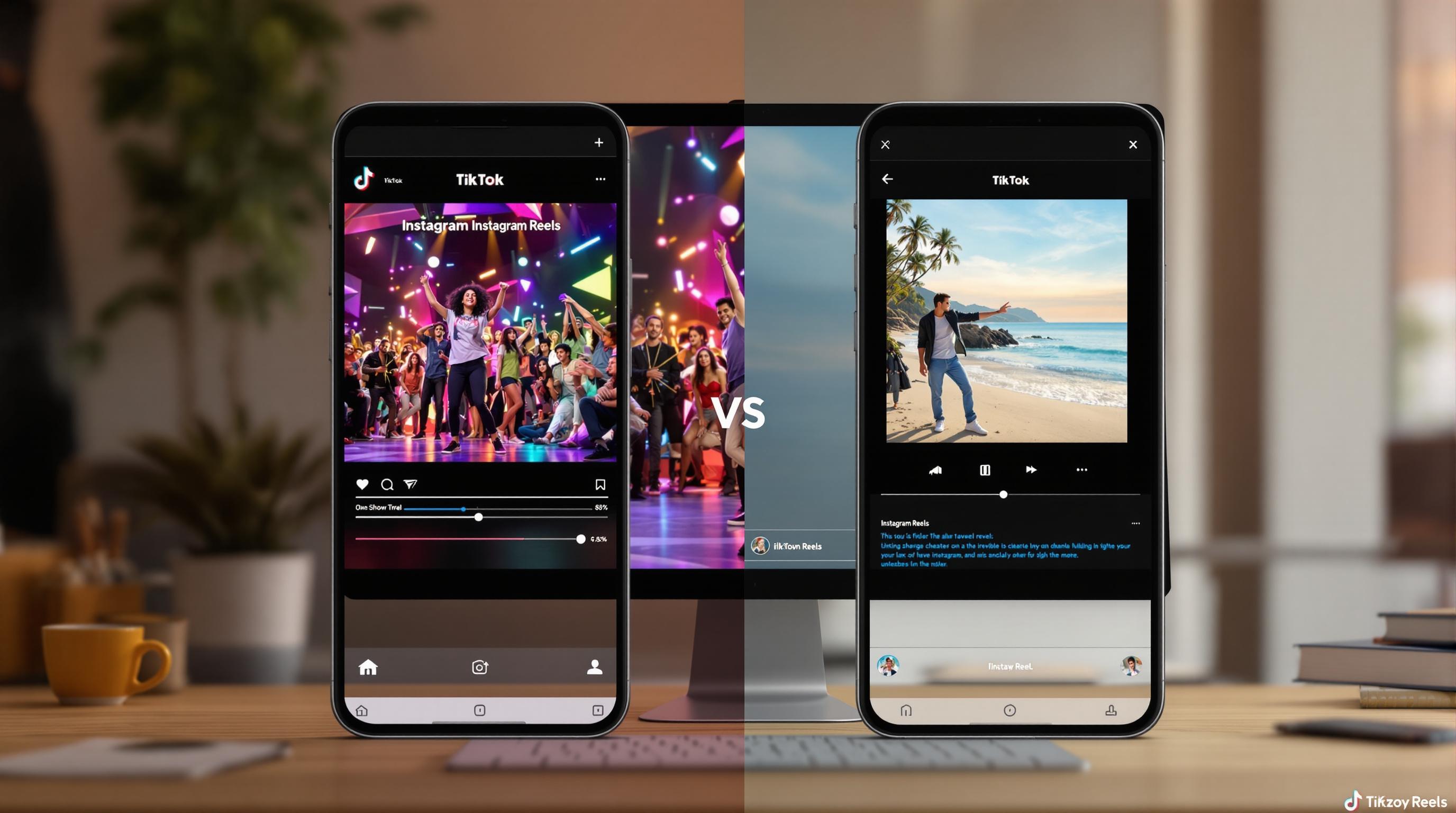
![UpGrow Review – The Best Instagram Growth Service in 2025 [TESTED]](/cdn-cgi/image/fit=contain,format=auto,width=null/https://cdn.prod.website-files.com/67840d1d88a886f29a66a4c1/6795040db42e404207732526_6794fd9c964f791db3b48de9-1737818779111.jpg)


